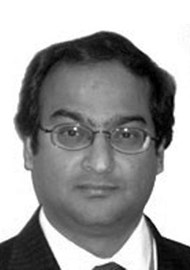The immediate reconstruction of 3-D craniofacial defects is extremely difficult and can be more difficult than the ablation. Perfect shape and symmetry is required. In the past decade this has largely improved with CAD/CAM engineering. The authors report a one-step technique that is fairly simple and allows for good results. They present a series of five patients that had complex orbito-frontal resections with immediate reconstruction. The resection was planned and an implant made preoperatively. Material used was polyetheretherketone (PEEK), a material widely used in neurosurgery, and had good biocompatibility. This seems to be a reproducible and simpler method of reconstruction, than using autologous bone or tissues with no donor site morbidity and excellent form and function. The equipment required and techniques are well accepted. CAD/CAM cranioplasty is well described and so is navigation. The resection is planned with virtual planning and allows an individual accurate implant to be manufactured prior to surgery. This is an excellent technique and is of value to all facial surgeons. It does, however, require considerable backup in the form of resources and equipment.




